In Spanish, horno means oven, furnace, or kiln. In the realm of agave spirits, it refers to the various types of ovens used to cook agave prior to fermentation and distillation. These range from earthen pits to domed clay structures to the steam ovens common in the tequila industry.
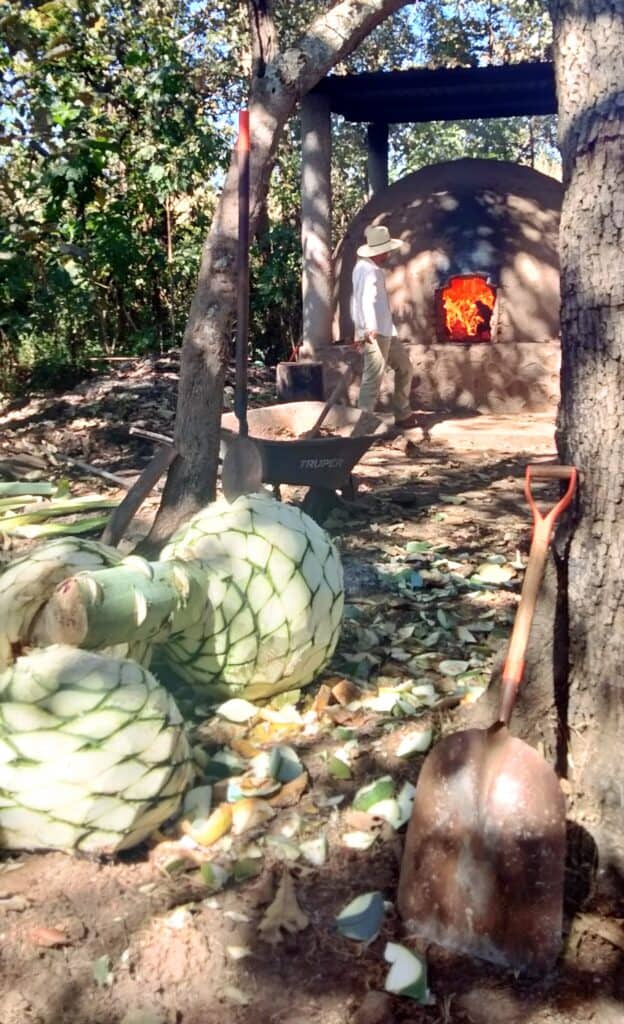

A producer’s choice of horno may be influenced by region, production volume, and/or personal preference. For example, raicilla is made in two primary regions in the state of Jalisco: along the coast south of Puerto Vallarta and in the sierra (mountains) to the northeast. The sierra producers typically use above-ground clay hornos to roast maguey (agave) while coastal raicilla producers favor pit ovens. Most of these ovens are literally stone-lined pits in the ground, but at least one larger raicilla producer uses a sunken brick-lined chamber that resembles a large well. These ovens are typically wood-fired.
In Oaxaca and other states within the mezcal DO, ancestral mezcal must be made from maguey cooked in pit ovens. In the bottom of the pit, a large fire is built. When it burns down to embers, stones are piled on top and typically covered with damp agave fiber. The maguey is mounded on top of that, covered with straw mats or tarps, and buried in earth. The heat from the stones cooks the agave, typically for 3-5 days. Maguey for artisanal mezcal may be cooked in pit hornos or in above ground masonry ovens. The mezcal norm states that all other mezcal can be legally made from agaves cooked in pits, masonry ovens, or even autoclaves–large stainless steel pressure cookers that are common in the tequila industry.
Which gets us to answers to two of the most commonly asked questions about mezcal: Why does mezcal taste smoky? And what is the difference between tequila and mezcal? Mezcal’s famous smoky flavor is imbued by the wood-fired ovens and, possibly, wood-fired stills. (But the “smokiness” of mezcal tends to be exaggerated. An adept producer can cook agave in a wood-fired oven and create a mezcal that isn’t defined by smokiness.)
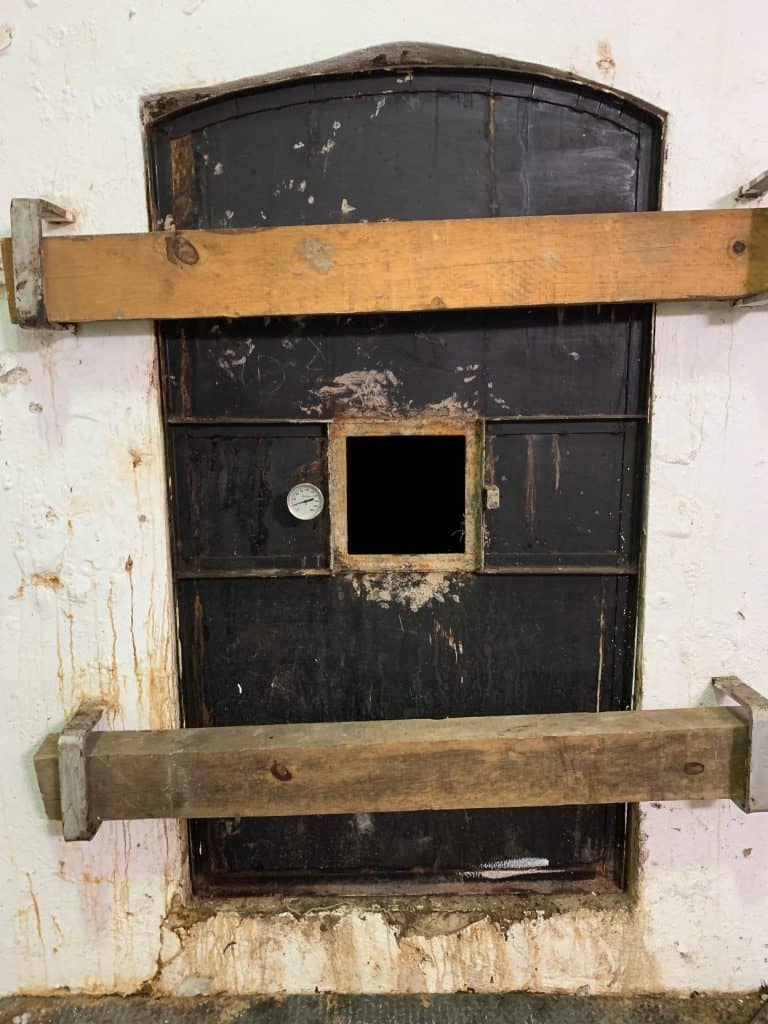
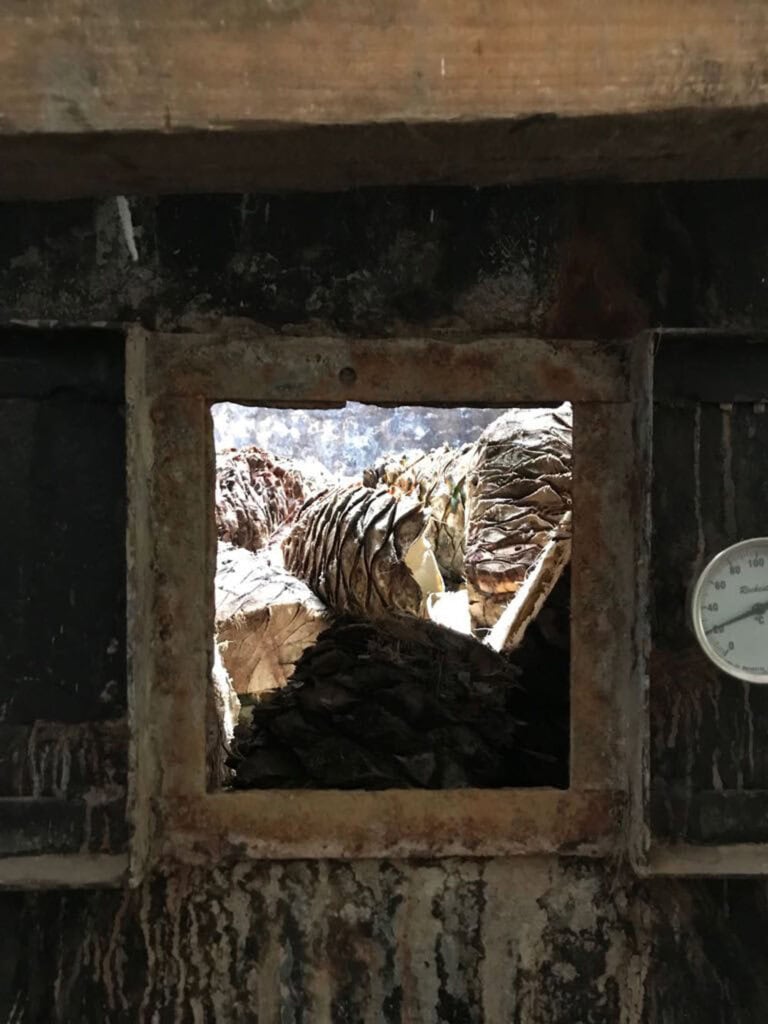
That said, methods for cooking agave is definitely one of the key factors that distinguishes tequila from mezcal.* In the tequila industry, steam ovens are common. While this may sound “modern” compared to a pit in the ground, the actual process doesn’t have that vibe, and is considered the traditional way to cook agave for tequila. Agave is loaded into ovens, which resemble rooms made from stone, brick, rubble, and cement. The producer seals the metal door and then pumps steam through the floor. The flavor of the end product is influenced by the tequilero’s regulation of temperature; higher heat will result in the caramelization of the sugars. Agave is typically steamed for 24 to 32 hours and then left to cook in their own heat for 12 to 24 hours longer.
*Yes, by one definition, tequila is a type of mezcal, but that’s a discussion for another forum.
Sources:
Original research
A Field Guide to Tequila by Clayton J. Szczech
Mezcal in Oaxaca: A Craft Spirit for the Global Marketplace by Ronda L. Brulotte
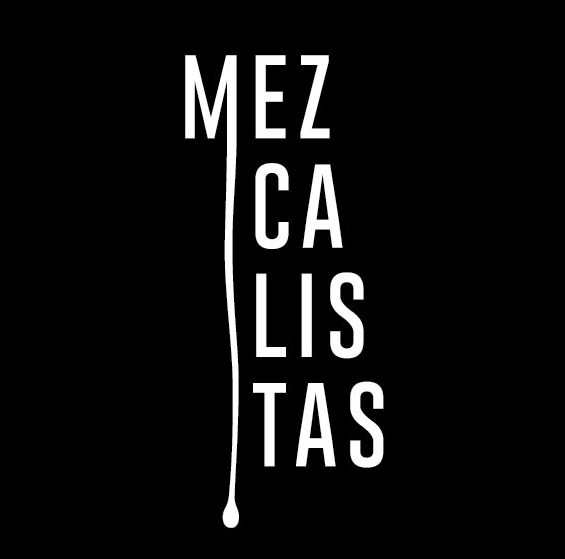
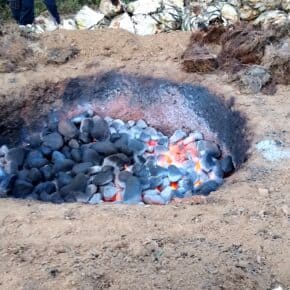
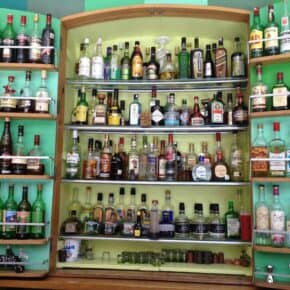
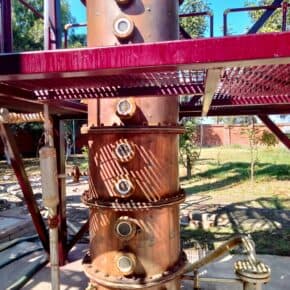
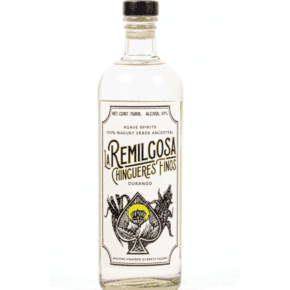
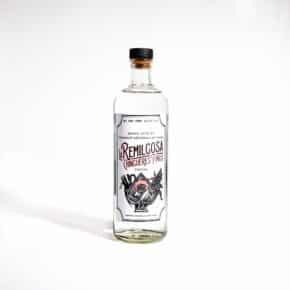
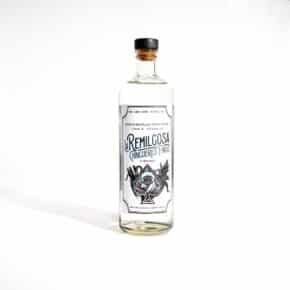




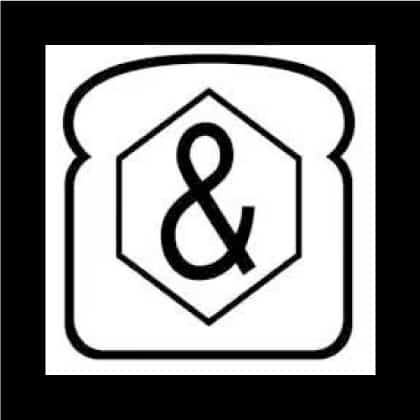

Leave a Comment